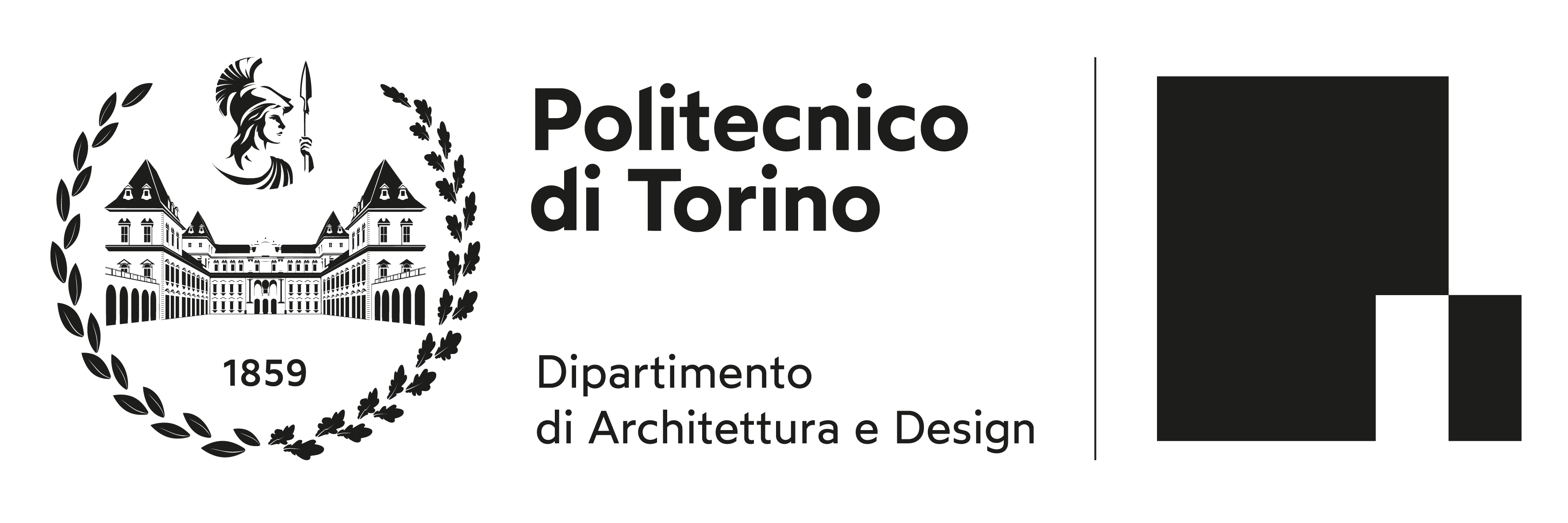
Vernacular declinations: Alpine architecture in Valais
Abstract
Since the term ‘vernacular’ has been used to frame an ‘architectural gender’, not a constructed heritage, particularly that of the rural economy in the mountains, reality has been dispossessed, and all the natural elements are, in fact, the result of a natural restoration. This was the case in Valais under the architectural governance of Edmond Giroud and Maurice Zermatten during the Trente Glorieuses. Their belief in a narrow regionalism aspiring to an identity, which they defined as a ‘neo-Valaisan’ style, wiped out modernist aspirations. In order to fight against an outdated censorship, architects react by exalting the modernist cause, which sometimes makes them forget that any new form can also be the result of a critique of the forms established by tradition, or the result of an order that is specific to the architectural project. Alongside the multiple conclusions of the ‘vernacular gender’ – the latter understood narrowly as tradition – a more daring project can be measured across the whole of the Valais and Alpine territory. From the simple dwelling house to the imposing dam, the scale adopted is a territorial measure, an order of thought that internalises a necessity, engaging the author in a work that is less autobiographical and more empirical. On the one hand, there are the virtuosos of the vernacular and, on the other, those who propose a territorial project, such as Jean-Paul Darbellay.







